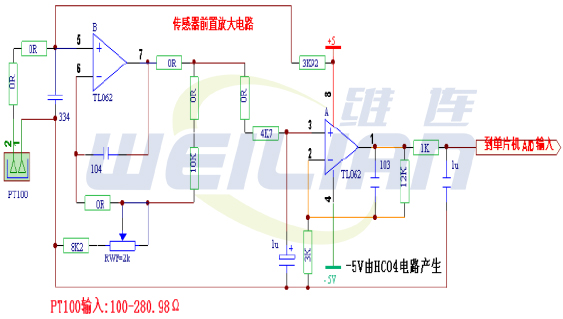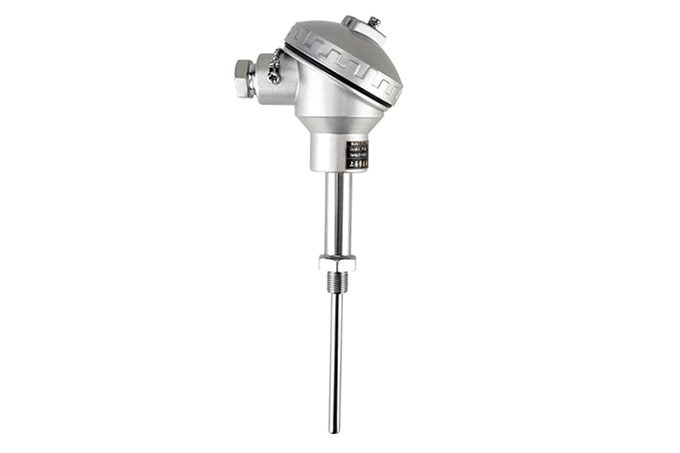PT100 temperature sensor schematic diagram
PT100 is a temperature sensor. It is a platinum wire heating sensor with better stability and linear. It can work in the range of -200 ° C to 650 ° C.
The resistance temperature detector (RTD, Resistance Temperature Detector) is a resistance made of material materials, which will change the resistance value with the rise of temperature. If it rises with temperature, the resistance value decreases as negative resistance coefficient. Most of the resistance temperature detectors are made of metal. Among them, the resistor -type temperature detector made of platinum (PT) is the most stable -acid -alkali resistance, no deterioration, quite linear ..., the most adopted by the industry.
PT100 temperature sensor is a resistor -type temperature detector made of platinum (PT), which belongs to the positive resistance coefficient. It is 100Ω (the resistance value of 0 ° C), T is the temperature of the Celsius. Therefore, the resistance temperature detector made of platinum, also known as the PT100 temperature sensor.

PT100 temperature sensor schematic diagram
The access to the sensor is very simple. From the system's 5V power supply side, it is connected to the PT100 with only one 3K92 resistor. This kind of connection usually causes serious nonlinear problems, but because of the software correction of the single -chip microcomputer as the backing shield, So simplify the access method of the sensor.




